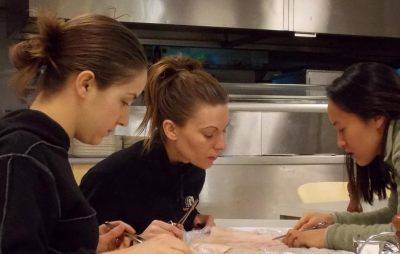Author: Stefanie
Temperature: -25.6
Wind speed: 21 knots
Sunrise: N/A
Sunset: N/A
I came to the Antarctic with a list of personal projects to achieve during my 8 month winter-over on the ice. I imagined time passing very slowly over the dark winter months with seldom to do every evening. Consequently, I assumed it would allow one to accomplish several goals and I would finally finish Joyce's Ulysses and Finnegans Wake, and Heidegger's Being & Time, play the piano every day, learn another language and carve a chess set.
After 6 months of wintering over, I can now safely say that time passes very quickly and we always have so much to do. Having incorporated some of our personal objectives into everyday life, our evenings are always very busy. On Monday evenings, Marie and I attend a car mechanics class delivered by the base mechanic, Lex. On Tuesday's, Jam and I have French class taught by Marie. Wednesday's have recently been nominated an evening to go climbing and the rest of the week's evenings are dedicated to the gym, social events, and the opportunities to learn unique skills like, for example, surgical suture.
Dr. Fay from McMurdo Station teaches Marie and me how to stitch a cut would. Credit Becky Goodsell
Under the guidance and instruction of Dr. Fay from McMurdo Station, and armed with curved surgical needles, scalpels, forceps, syringes and pig skin, we set about learning sutures, stitching techniques and suturing a wound infield.



